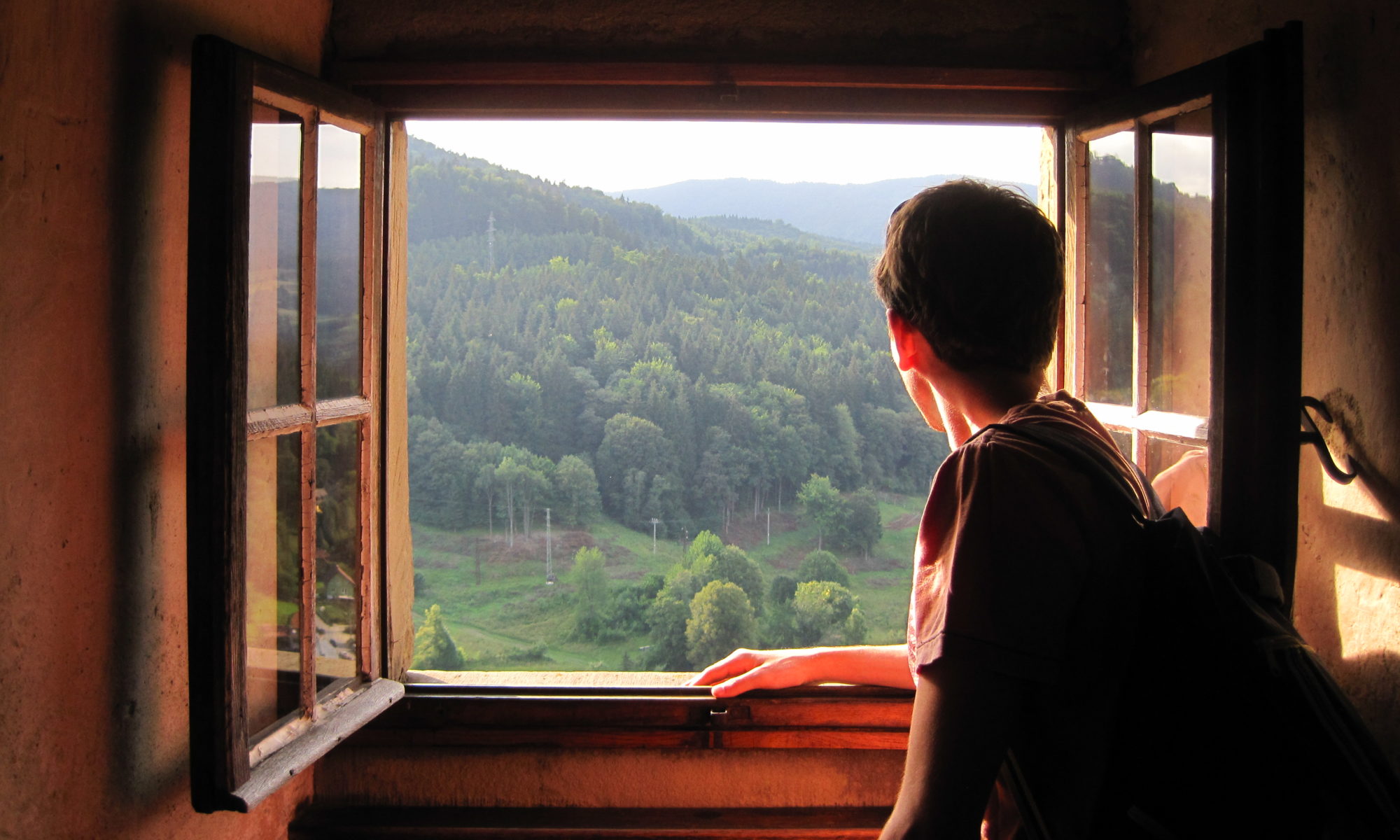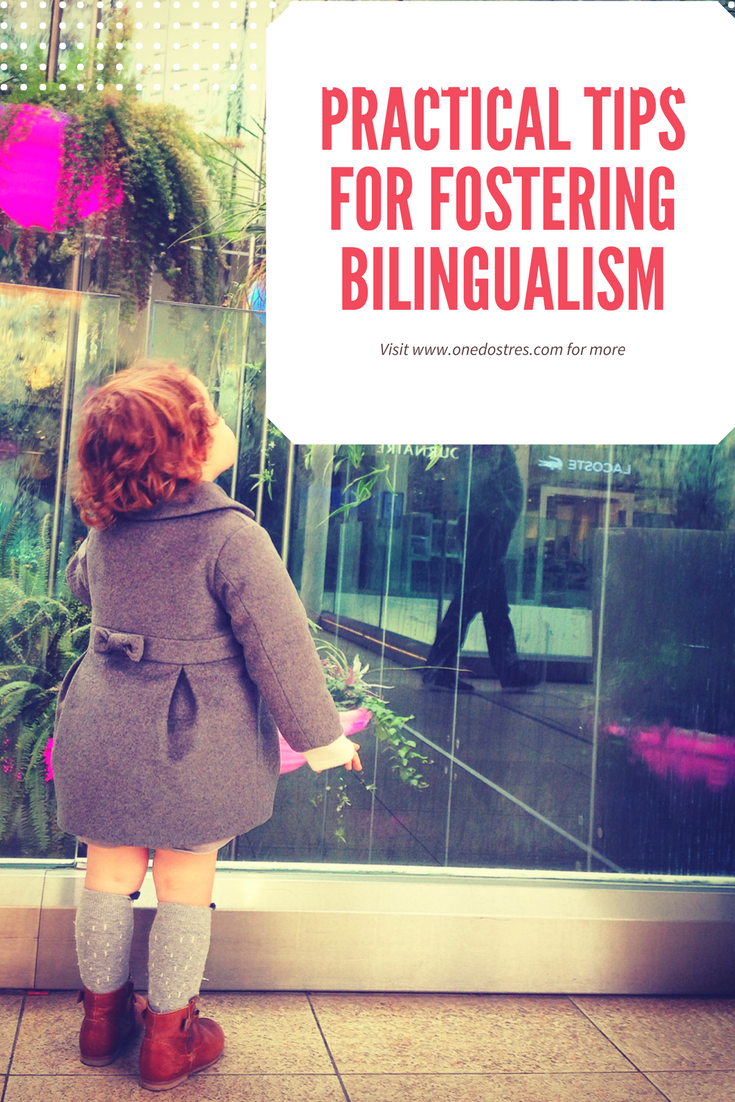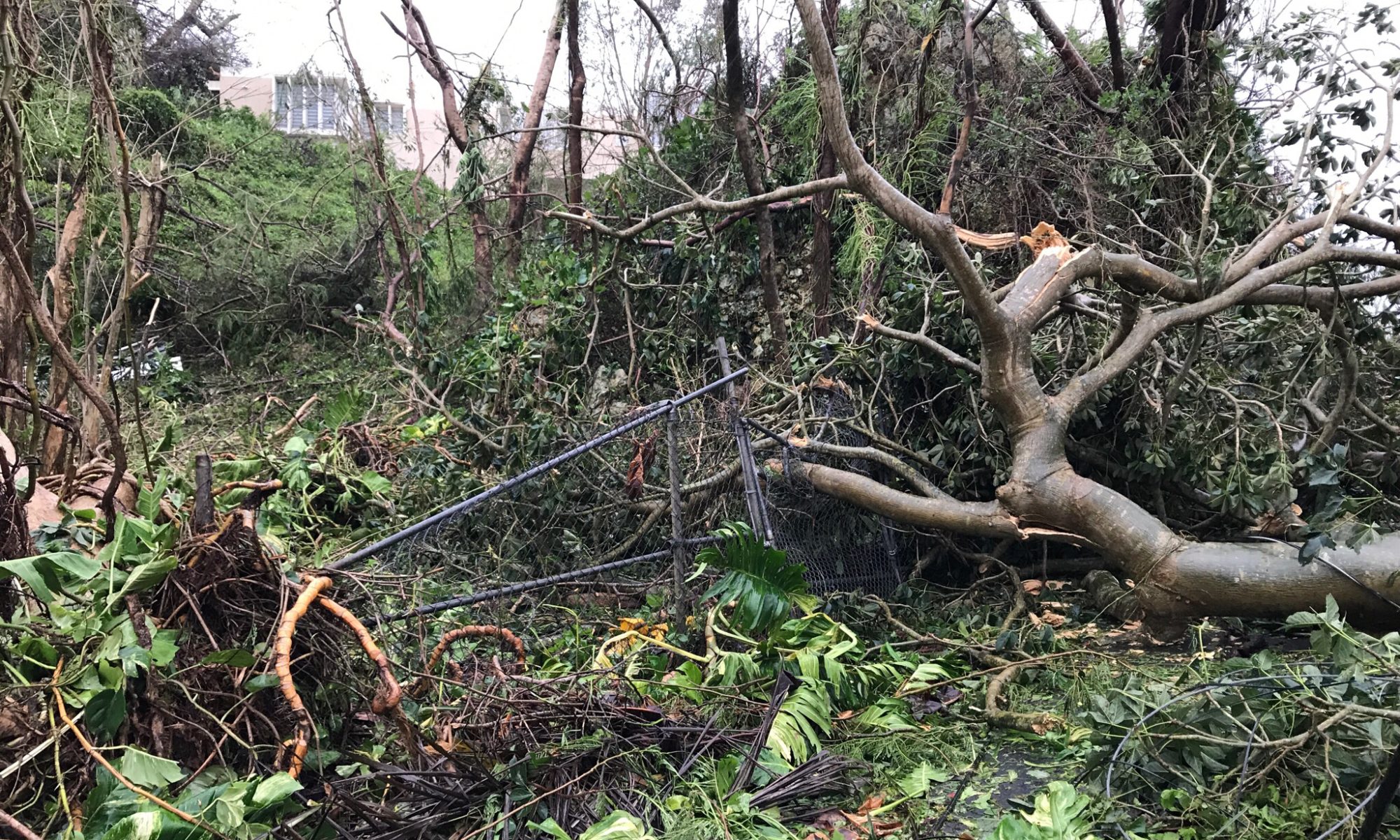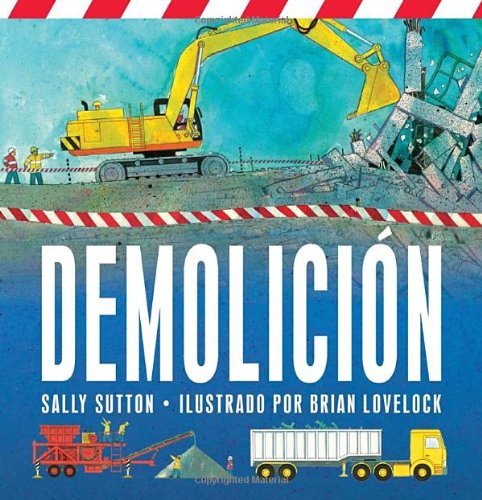Raising bilingual or trilingual children is incredibly easy — for the kids. Both my husband and I were lucky enough to be raised bilingually (in my case) and trilingually (in his). We thought our memories of our childhoods — happy, carefree — reflected how easy it would be to raise children with multiple languages. And well, we were wrong (just as we were wrong about a lot of our other ideas surrounding parenthood, because “sleep like a baby” means they sleep a lot, right?).
Most sources I’ve found suggest that exposing your children to the target language at least 30% of their waking time is enough. Though that seems like an easy threshold to meet, between school and other activities where they are mainly exposed to English, I often get antsy that their Spanish and Slovak will suffer. Both of us work outside of the home as well, so we’ve had to get creative in figuring out ways to expose them to Slovak and Spanish and keep them interested (more on that later).
Raising kids to speak multiple languages requires a concerted effort beyond anything we anticipated. For kids in the U.S., like ours, English is so easy — everyone at the park and at school speaks it, most of the books in the library or at the bookstore use it, and it’s the default for most movies, shows, songs, and videos they’re exposed to. In one sense, this is great since we don’t have to worry that they won’t learn English. But in another sense, this also means that the main burden of their Spanish and Slovak abilities depends entirely on the steps we take to ensure they are exposed to a rich, diverse variety of their heritage languages. Neither my husband nor I have family nearby and our new neighborhood is incredibly homogenous (so much so that when a neighbor heard me speaking Spanish, she ran over to express her happiness that we were increasing the town’s diversity), so the pressure is on us alone.
Though it is difficult to maintain, the benefits of being multilingual are well-documented. But reviewing them always gives me a boost in morale. All the times I respond “que?” in feigned ignorance when N speaks English to me will pay off (I tell myself as I Google for the hundredth time how to say raccoon or moose or snowplow in Spanish because we definitely did not have those in Puerto Rico when I was growing up)! So for my benefit, and maybe for yours too, here’s a short list of all the ways being bilingual or multilingual will benefit your children:
You get the point. And if you like infographics, like me, here’s a nice one from Lifehack that demonstrates the benefits of bilingualism:

I should also note that as a bonus, our kids have the added luxury of being able to speak to their grandparents and other relatives in their native languages (some of whom do not speak English), allowing for deeper bonds and which has proved rewarding beyond words.
Anecdotally, both of our children, “N,” an almost 4 year old boy, and “E” an almost two year old girl, fully understand and speak Spanish, which is the main language they hear at home with me and with our caregiver (who we chose, in part, for her Spanish). They both also fully understand Slovak (and speak some), even though their exposure to it is limited to a couple of hours during the week and a few more on the weekend when my husband is home and not working. As for English, N started preschool two mornings a week at 2.5 years old knowing a few scant words and phrases in English (“mine,” “my turn,” “share,” do you sense a theme?) that he picked up at the park. Now, at almost 4, he is fluent in English and mostly caught up with his peers in English.
A lot of times it feels like we’re in this alone, but the more I speak with others who are also attempting to raise (or have already raised) multilingual children, the more it feels like it’s possible. Maybe raising bilingual or multilingual children has proven easy for you, in which case I would love to hear from you and learn from your experiences as well!





